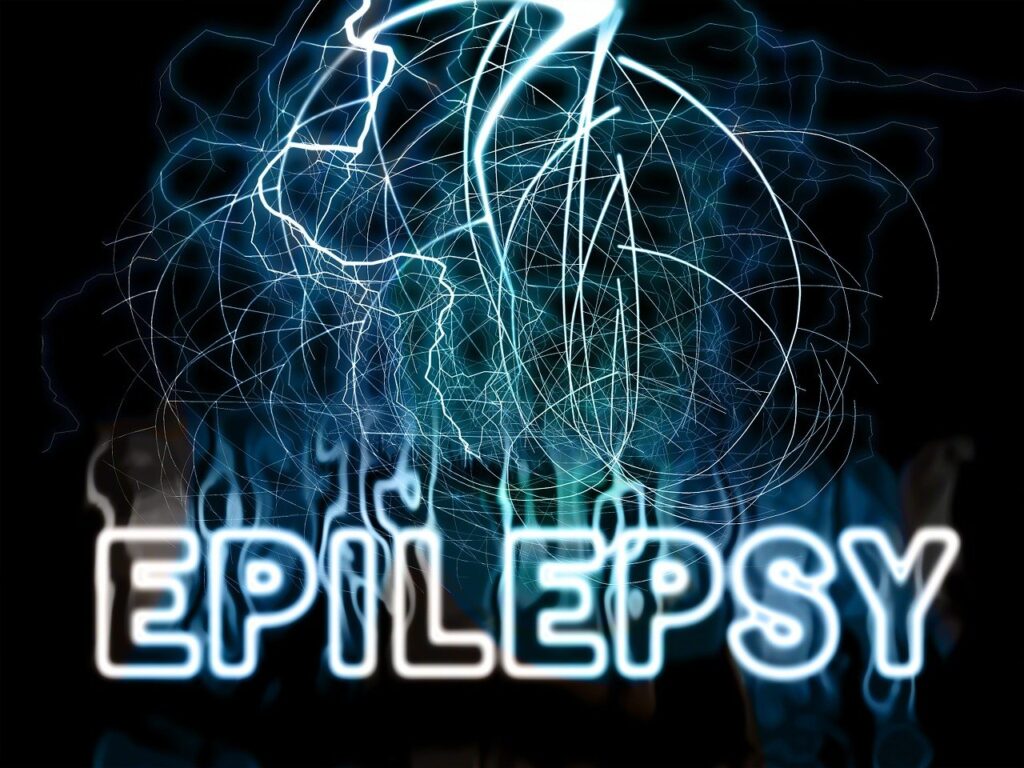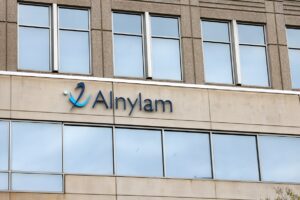Ovid Therapeutics has signed a license agreement with AstraZeneca for a library of early-stage small molecules that target the KCC2 transporter.

The deal includes the licensing of early-stage molecules for epilepsy and other neuropathic conditions. Credit: Gerd Altmann from Pixabay
Subscribe to our email newsletter
The agreement also includes the lead candidate, OV350, which showed promising in-vitro and in-vivo proof of concept in resistant forms of epilepsy.
The early-stage compound directly targets and activates KCC2, which is a potassium chloride co-transporter that maintains chloride homeostasis in neurons.
As part of the collaboration, Ovid is looking to optimise and speed-up the KCC2 transporter activators development in epilepsies as well as other neuropathic conditions.
This exclusive license from AstraZeneca not only adds unique candidate but also brings a wide library of compounds to Ovid’s franchise of first-in-class anti-epileptic treatments.
Ovid chairman and CEO Jeremy Levin said: “The KCC2 transporter is an exciting and novel target that we believe holds great promise in treating epilepsies.
“The compounds are a natural fit for our franchise dedicated to small molecule epilepsy medicines, and they follow our track record of successful partnering with large pharmaceutical companies.”
Under the deal, Ovid will make $5m of upfront payment in cash along with $7.5m in Ovid shares.
Additionally, AstraZeneca will be eligible to receive up to $8m in potential clinical development milestones and up to $45m in regulatory milestones.
It is expected that total commercial milestones could touch $150m while tiered royalty payments could range from the single digits up to 10% on net sales.
AstraZeneca will also have right for first negotiation to opt-in on a strategic collaboration at the time of proof of clinical efficacy.
AstraZeneca BioPharmaceuticals R&D, Neuroscience global head Iain Chessell said: “Ovid’s focus in neuroscience and experience in developing novel anti-epileptics make it an optimal choice to advance KCC2 activators, including OV350.
“This transaction continues to align development resources to our stated areas of strategic focus.”
 Advertise With UsAdvertise on our extensive network of industry websites and newsletters.
Advertise With UsAdvertise on our extensive network of industry websites and newsletters.
 Get the PBR newsletterSign up to our free email to get all the latest PBR
news.
Get the PBR newsletterSign up to our free email to get all the latest PBR
news.

